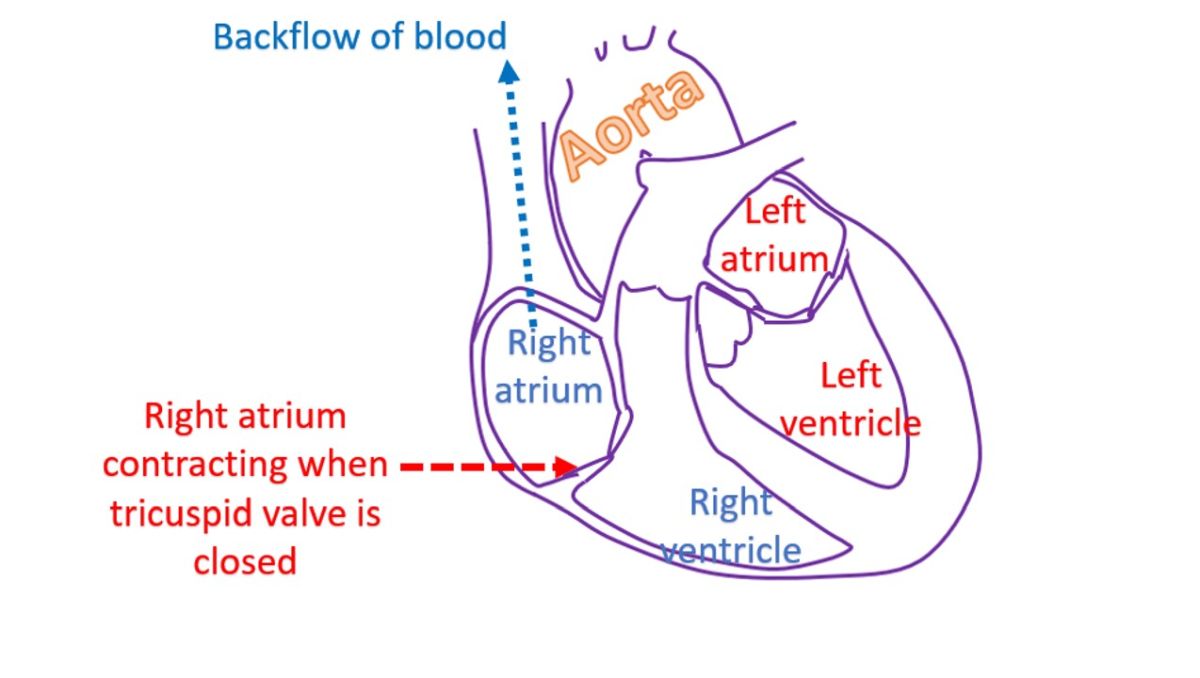What is pacemaker syndrome?
What is pacemaker syndrome?
Pacemaker syndrome is a group of symptoms which can occur in a person implanted with a single chamber pacemaker. Pacemaker is a device used to give electrical signals to the heart when the heart beat has slowed down due to disease. In the normal heart, upper chambers beat first to fill the lower chambers. Lower chambers then beat after a short delay. This is known as AV synchrony or synchrony between the upper and lower chambers. A stands for atrium the upper chamber and V for ventricle, the lower chamber. When a single chamber pacemaker paces the right ventricle, this AV synchrony is lost and may cause symptoms of pacemaker syndrome.
Persons with pacemaker syndrome may have shortness of breath on exertion and low blood pressure. Low blood pressure may cause fainting. Easy fatigability, sensation of fullness and pulsations in the head and neck are also features of pacemaker syndrome. When there is no AV synchrony, ventricles do not get the usual help from the atria in filling. Sometimes both atria and ventricles may contract simultaneously. Then blood from the atrium will go back to the veins instead of into the ventricles. This can cause distressing pulsations in the neck when the veins enlarge. Veins are blood vessels returning blood to the heart after utilization of oxygen and nutrients.

When the atria and ventricles contract simultaneously due to loss of AV synchrony, the valves between the upper and lower chambers are closed and does not permit flow of blood from the upper chambers to the lower chambers. This increases the pressure in the upper chambers transiently. The increase in pressure in the upper chambers can trigger a reflex which causes enlargement of the blood vessels and transient fall in blood pressure. This is one reason for giddiness and fainting which can occur in pacemaker syndrome.
Pacemaker syndrome can be treated by upgrading to a dual chamber pacemaker. In dual chamber pacing, two electrode wires are used, one in the right upper chamber and one in the right lower chamber. Signal to the upper chamber is given first, followed by the signal to the lower chamber after a short delay. This is known as AV sequential pacing. So, the upper chambers contract and empty blood into the lower chambers to fill them well. This is followed by a more effective contraction of the lower chambers which pump out more blood than in case of single chamber pacing. Atrial help to ventricular filling is called atrial booster function and is very important in older individuals with stiffer ventricles. Dual chamber pacemakers are costlier than single chamber pacemakers.



